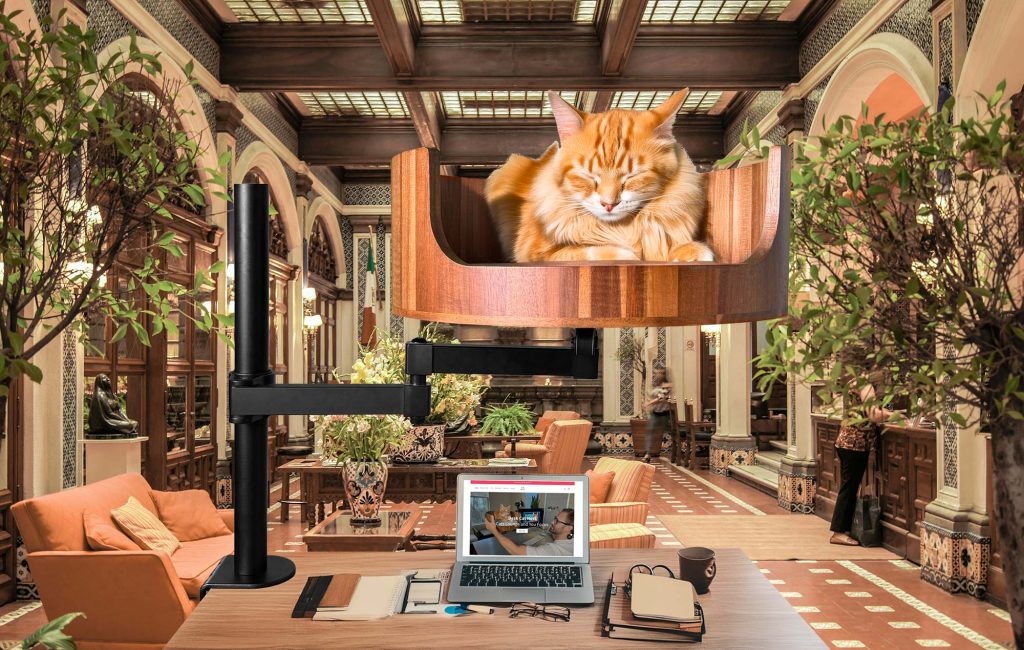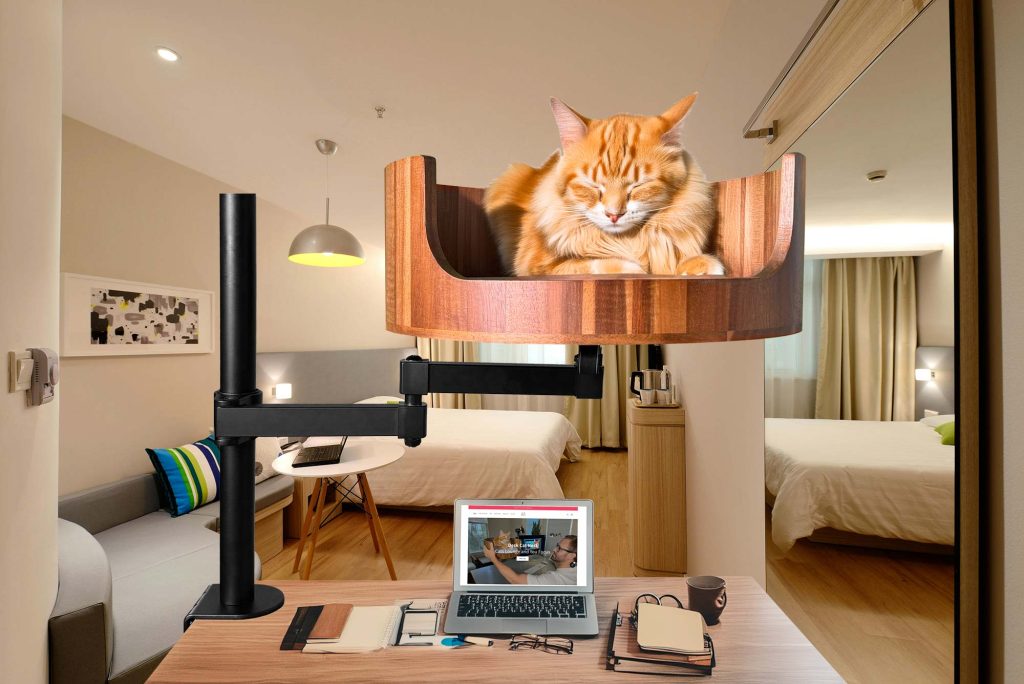If you’ve ever experienced the unsettling sensation of your cat suddenly attacking your leg, you’re not alone. This common behavior in felines can leave pet owners feeling confused and frustrated. In this article, we will explore the reasons behind why cats may exhibit this behavior, providing insights into their instincts and possible triggers.
From playfulness to territorial instincts, there are a variety of reasons why your cat may be lashing out at your legs. Understanding these behaviors can help you better care for your furry friend and create a harmonious living environment. By gaining insight into the motivations behind this behavior, you can find strategies to address and potentially eliminate this unwanted behavior in your cat. So, if you find yourself wondering, “Why is my cat attacking my leg?” read on to discover the answers and solutions to this common feline behavior.
1. Cats may attack legs as a form of play or aggression stemming from boredom or stress.
2. Understanding cat body language can help determine the intent behind the behavior.
3. Providing mental and physical stimulation through interactive toys and play can help reduce leg attacks.
4. Establishing a routine and creating safe spaces for the cat to retreat to can also prevent aggressive behavior.
5. Consulting a veterinarian or animal behaviorist may be necessary if the attacking behavior persists despite interventions.
Causes of Aggressive Behavior in Cats
There are several reasons why your cat may be attacking your leg. One common cause is redirected aggression, where your cat is unable to reach its actual target (such as another cat outside) and ends up taking out its frustration on the nearest target – in this case, your leg. Another reason could be fear or anxiety, which can trigger a defensive response in cats. It’s also possible that your cat is simply seeking attention or play out of boredom. Understanding the root cause of your cat’s aggression is key to addressing and correcting the behavior.
Signs of Aggression in Cats
It’s important to recognize the warning signs of aggression in cats to prevent any potential harm. Some common signs include dilated pupils, flattened ears, hissing or growling, swatting, and biting. If you notice any of these behaviors in your cat, it’s crucial to take a step back and assess the situation to avoid escalating the aggression further. Seeking advice from a veterinarian or animal behaviorist can also help in understanding and managing your cat’s aggressive behavior.
Tips for Dealing with Aggressive Behavior
If your cat is regularly attacking your leg, there are several strategies you can try to address this behavior. Providing your cat with enough mental and physical stimulation through interactive toys, scratching posts, and playtime can help decrease boredom and frustration. It’s also important to establish a routine and create a safe space for your cat where it feels secure. Additionally, using positive reinforcement techniques and avoiding punishment can help in retraining your cat’s behavior. Consistency and patience are key when working to modify your cat’s aggressive tendencies.
Frequently Asked Questions
Why is my cat attacking my leg?
There could be several reasons why your cat is attacking your leg. It could be due to play aggression, fear, redirected aggression, or even medical issues. It’s best to observe your cat’s behavior and consult with a veterinarian to determine the underlying cause.
Will a Desk Cat Nest help prevent my cat from attacking my leg?
A Desk Cat Nest can provide your cat with a designated space to relax and play, which may help redirect their energy away from attacking your leg. However, it’s important to address the root cause of your cat’s aggression through behavior modification and enrichment activities.
How can I train my cat to stop attacking my leg?
Training your cat to stop attacking your leg involves positive reinforcement, providing appropriate outlets for their energy, and setting boundaries. Consistency is key in reinforcing desired behaviors and discouraging aggression. Consult with a professional animal behaviorist for personalized training advice.
Is the Desk Cat Nest safe for my cat to use?
Yes, the Desk Cat Nest is designed with your cat’s safety and comfort in mind. It is made of durable materials and has sturdy construction to ensure your cat’s security while lounging or playing in it.
In conclusion, the Desk Cat Bed is a valuable choice for cat owners dealing with their pet attacking their legs. This versatile and cozy bed provides a designated space for your cat to relax and feel safe, reducing stress and potential aggression towards you. Additionally, the raised design of the bed keeps your furry friend off your desk, preventing any unwanted attacks while you work. Invest in a Desk Cat Bed today and enjoy the benefits of a happier and more peaceful relationship with your cat.


